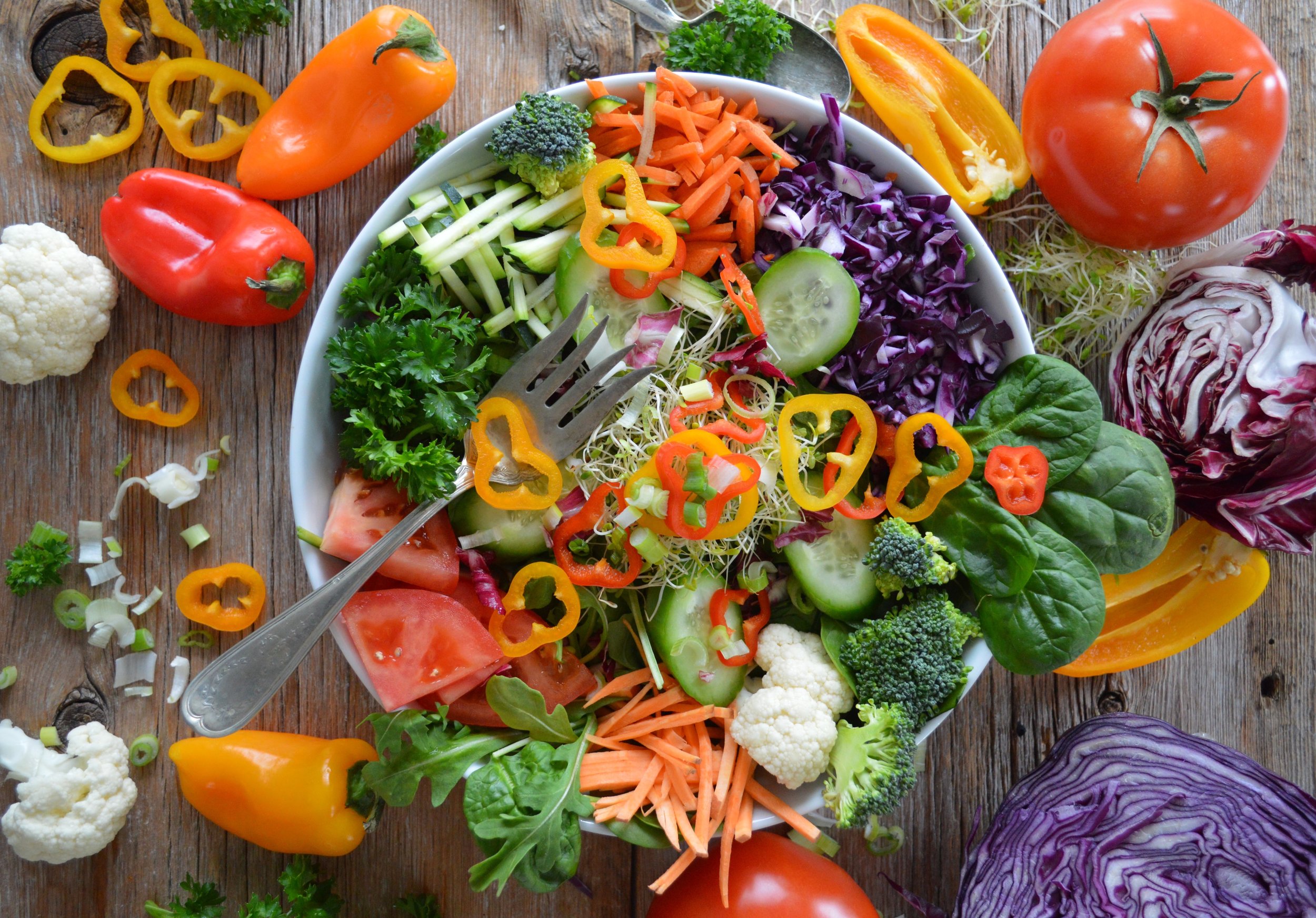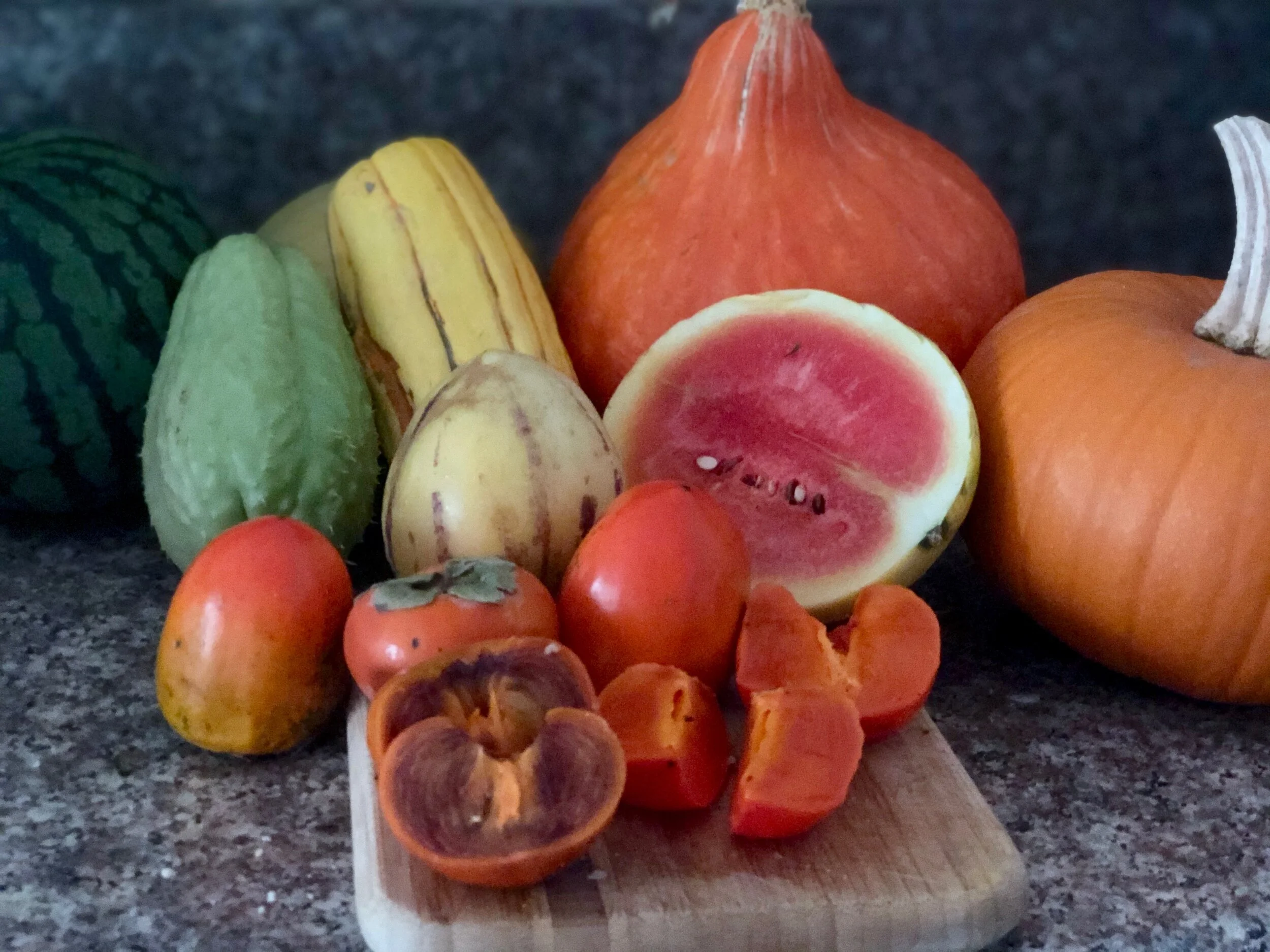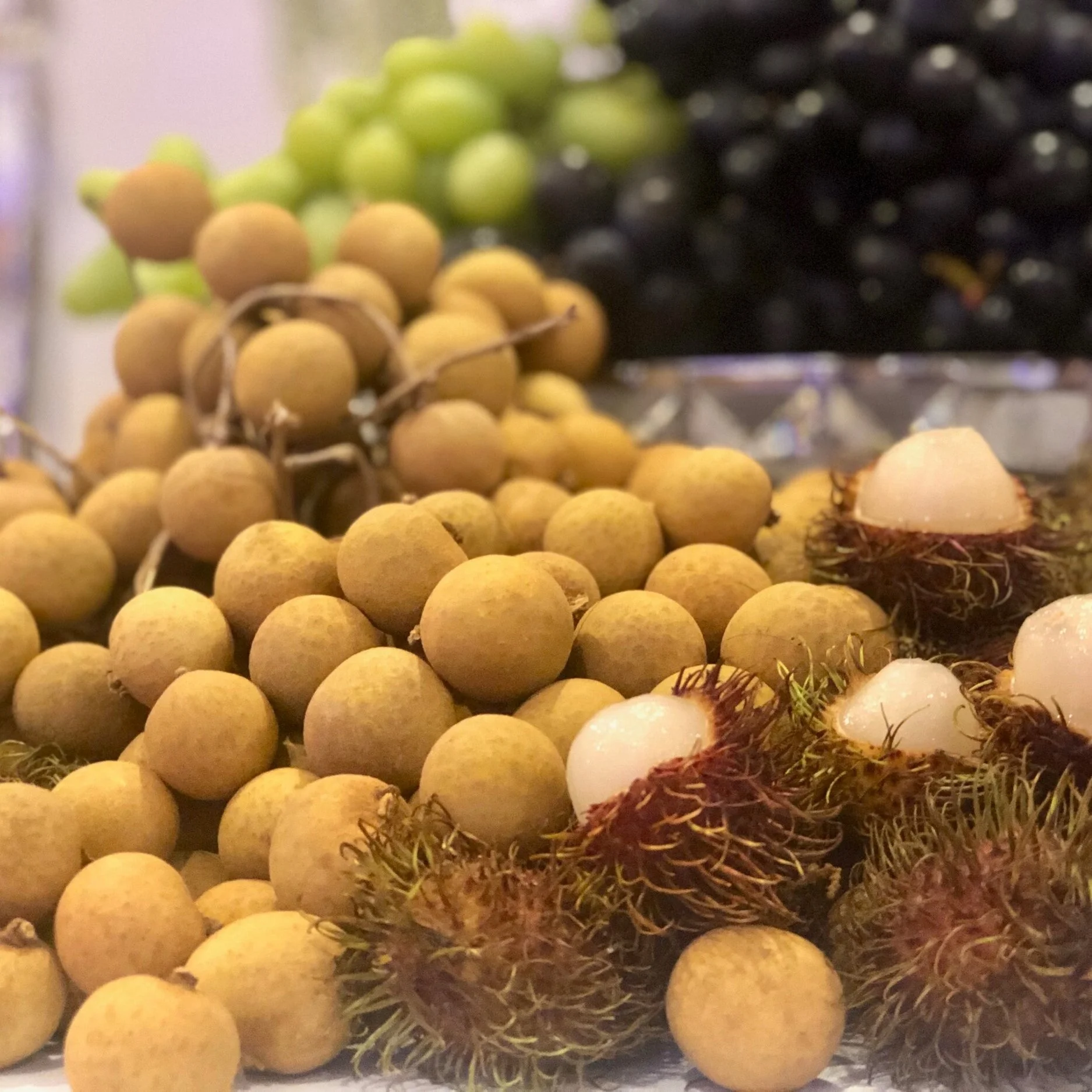Why Is There A Custom To Eat Carob on Lag Ba’omer?
Today is Lag Ba’Omer. As a minor Jewish festival, it commemorates the cessation of an ancient plague that befell thousands of Rabbi Akiva’s students for not treating each other with respect. This occurred during the Bar Kochba revolt against the Romans. The plague ceased on the 33rd day of the Omer period that falls between Passover and Shavuot. As a result, the semi-mourning that is observed during the Omer period is replaced on this day with festive dancing, singing and bonfires.
Once the revolt ended, Rabbi Shimon Bar Yochai, one of Rabbi Akiva’s surviving students, continued to act in defiance of the Roman authorities. As a fugitive, he was forced to flee and hid away in a cave outside Meron in Northern Israel with his son, Eleazar, for 13 years. According to the legend, they were nourished by water from a spring and fruit from a carob tree that miraculously appeared by the cave’s entrance while they studied and prayed all day. As a result, a number of communities around the world incorporate carob into their Lag Ba’Omer food customs.
Where Does Carob Grow?
Carob is indigenous to the Mediterranean region, including Israel. It tolerates the hot, arid and drought-prone climate and grows well among olives, grapes and nuts. It was once used as a source of sugar before sugarcane became widely available beginning in the 1600s.
What Are The Health Benefits Of Carob?
Botanically, carob is a legume. The fruit grows in brown, seed-filled pods. Nutritionally, Carob is an excellent source of vitamins E, D, C, Niacin, B6, and folic acid, while it contains lower amounts of vitamins A, B2 and B12. It is also rather high in natural sugars (glucose, sucrose and fructose) and fiber (particularly in the seeds).
On a more macro level, carob satisfies the health criteria of modern consumers, as it is gluten-free, caffeine free, high in fiber and a natural sweetener. These characteristics make it an excellent ingredient in many other foods. Carob may even have certain health-promoting qualities and reduce risk for specific chronic diseases. In addition to treating diarrhea symptoms, carob may also confer blood sugar-stabilizing effects on diabetics, as it contains specific antioxidants, polyphenols and lots of fiber. On the other hand, carob does not contain nearly the amount of antioxidants that make cacao the darling of the health food world.
Why Eat Carob Instead of Chocolate?
Carob is often used as a substitute or replacement for chocolate. It contains no cocoa, sugar or caffeine and does not taste much like chocolate. Instead, it has a pleasing nutty flavor, without the bitterness of raw cacao. Its also has a natural sweetness that derives from a combination of sucrose, glucose, and fructose. Some people who are allergic to chocolate are often, in fact, allergic to the milk, nuts and trace amounts of gluten from wheat in chocolate and cocoa products. Other people are sensitive to the cocoa, the amino acid tyramine or the caffeine and theobromine in the cacao.
What Are The Ways In Which Carob Is Used?
There are many ways to incorporate carob into your diet. In addition to eating it fresh out of the pod, carob may be packaged in a variety of ways:
As a powder Roast or dehydrate the pods (remove the seeds) and grind the pulp in a Vitamix, in a spice grinder or with a mortar and pestle. Carob chocolate bars can be made from a combination of the powder with carob syrup and several additives.
As chips and drops Carob chips can be used as a substitute for chocolate chips. Advantages are that they do not require added sweetening, as they are naturally sweetened; and they melt differently than chocolate.
As a syrup Boil the whole pods. This can be used as a substitute for maple syrup or chocolate syrup.
Usage In Industrial Food Production: Locust Bean Gum
Carob is also used a component of industrial food production, as a food additive in the form of locust bean gum. (I had no idea that locust bean gum came from carob!) Locust bean gum is derived from the seeds of the carob tree. It is added to products like ice cream, cream cheese, salad dressings and vegetable-based, gelatin-like desserts as a thickening agent and water binder. Locust bean gum is often used in conjunction with carrageenan, xanthan gum and guar gum.
Let’s Try Some!
Carob is a terrific way to satisfying those chocolate cravings. Contrary to my childhood bias that it was merely a chocolate substitute, it’s also full of bonafide health benefits. Perhaps it’s time to experiment a bit more with this versatile food.
Chag Lag Ba’omer!














